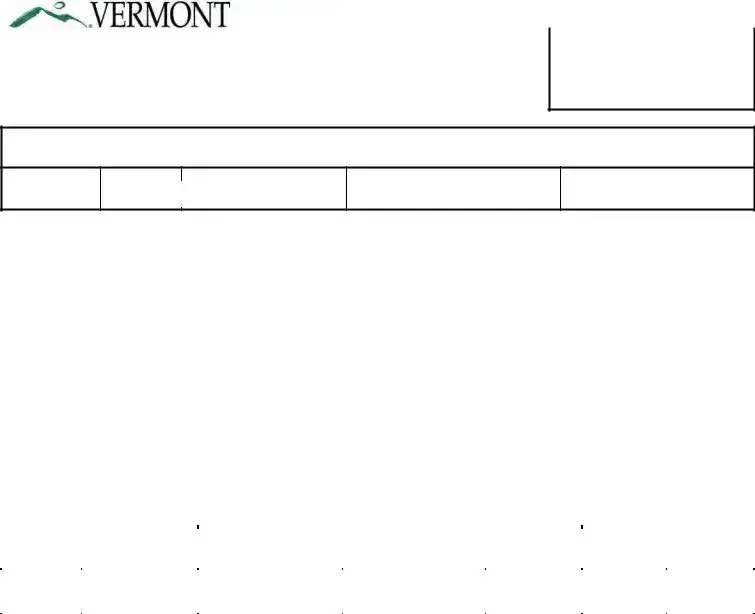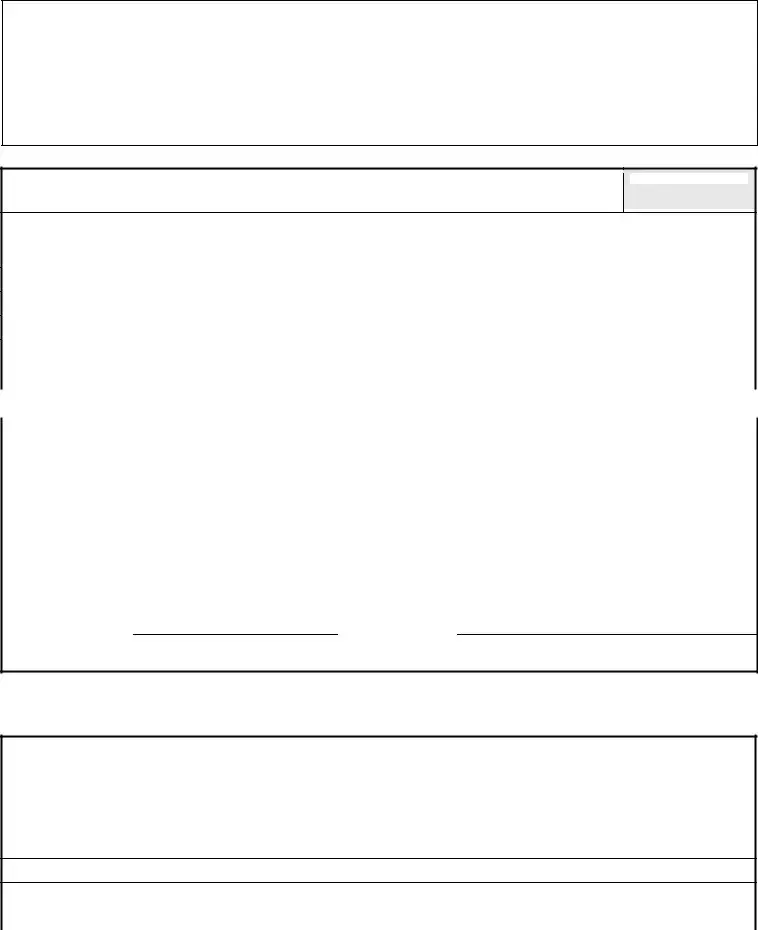The Vermont Report form is closely related to the California Traffic Accident Report form. Both serve the primary purpose of documenting traffic accidents for state departments of motor vehicles (DMVs). They require detailed information on the crash, including the time, date, location, and vehicles involved. Specifically, both forms ask for information about the drivers' insurance coverage, a description of event, and personal details of the drivers and passengers. This comprehensive approach ensures accurate records for legal, insurance, and statistical purposes.
Similar to the Uniform Accident Report forms used by several states, the Vermont Report form collects standardized data on motor vehicle crashes. These Uniform Accident Reports are designed to facilitate data collection on a national scale, contributing to broader safety studies and the development of strategies to prevent crashes. Both types of documents include sections for vehicle and driver identification, crash circumstances, and detailed diagrams or descriptions of the crash scene. The design of these forms allows for the aggregation and comparison of accident data across different jurisdictions.
The Driver’s Crash Report form in Texas shares several similarities with the Vermont version, especially in the way it mandates drivers involved in certain types of accidents to self-report incidents. Both forms are necessary when law enforcement does not respond to the scene, and they require the driver to detail the incident, including damages and injuries, within a specific timeframe. The emphasis on self-reporting underscores the responsibility of drivers to document and inform the state DMV about crashes that meet certain criteria.
The Police Crash Report forms used in New York are akin to the Vermont Report form in their detail and purpose. They are filled out by officers who respond to accident scenes, and like the Vermont form, they capture a wealth of information about crashes. These documents include diagrams of the incident, descriptions of the accident, details about property damage, and any injuries sustained. While the audience filling out the form might differ, the core information collected remains aimed at documenting the incident thoroughly for legal and insurance considerations.
The SR-1 Form used by the California DMV for reporting collisions is another document similar to Vermont's crash report. Like Vermont's form, it is geared towards both meeting legal reporting requirements and facilitating insurance claims. Drivers involved in accidents that result in injury, death, or significant property damage must complete the form. The detailed reporting aids in the accurate assessment of incidents, serving as crucial documentation for all parties involved in the aftermath of a crash.
The Accident Report Form used in the UK, while not American, shares similarities with the Vermont Report form in its comprehensive nature and its role in the documentation and analysis of vehicle accidents. Both forms are instrumental in compiling data that can influence road safety policies and insurance claims processes. The detailed account of the accident provided by these forms, including the environmental and road conditions, offers insights into common factors contributing to accidents, thereby informing efforts to improve road safety.
The Oregon Traffic Accident and Insurance Report is closely aligned with the Vermont Report form in terms of its use for documenting vehicular accidents that surpass a specific damage threshold. In both states, filling out and submitting these reports to the respective DMV is mandatory under these circumstances. These forms collect detailed information about the incident, drivers, passengers, and vehicles involved, which is critical for insurance claims and legal purposes. This reporting process ensures that there is an official record of the accident, which can be referenced in future proceedings related to the incident.


